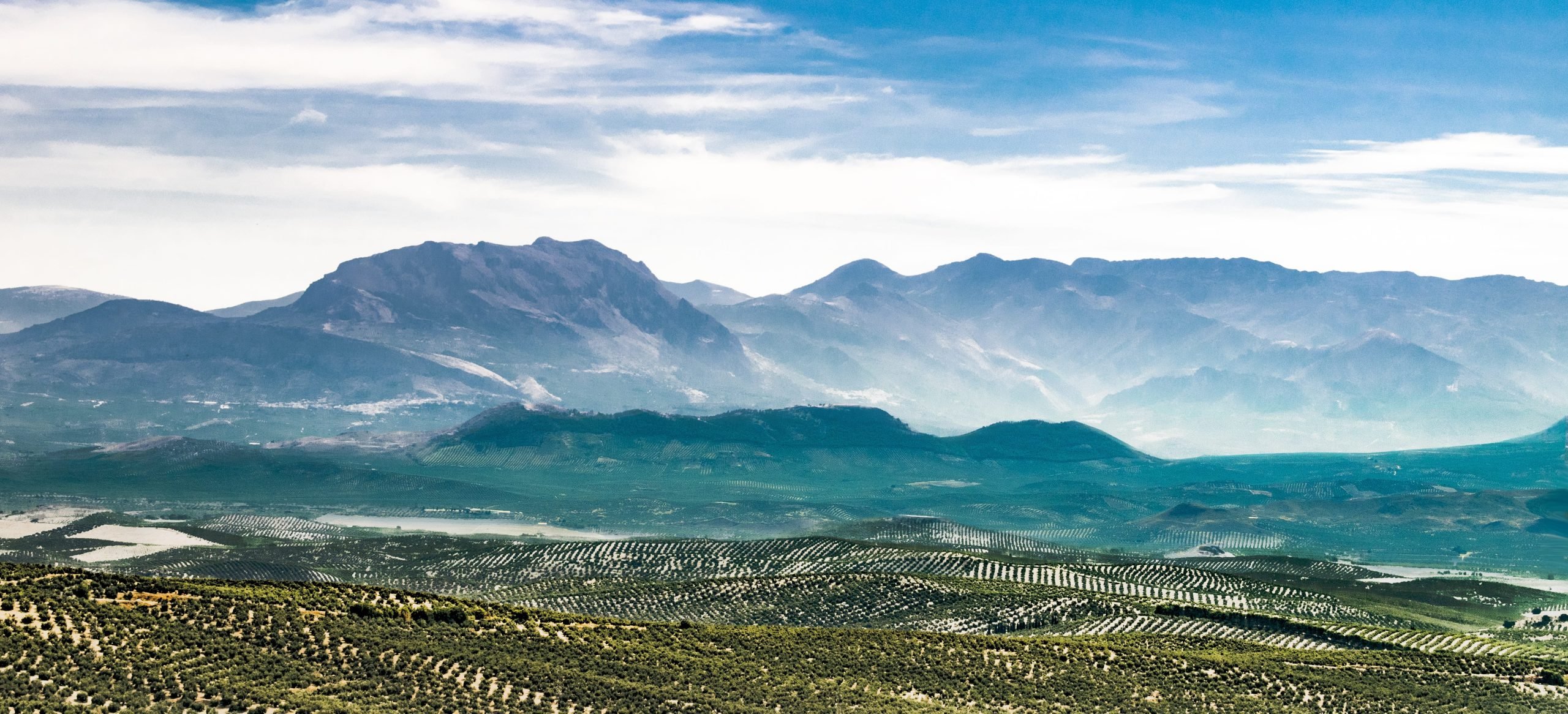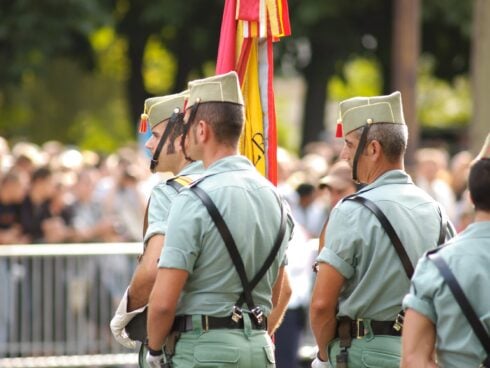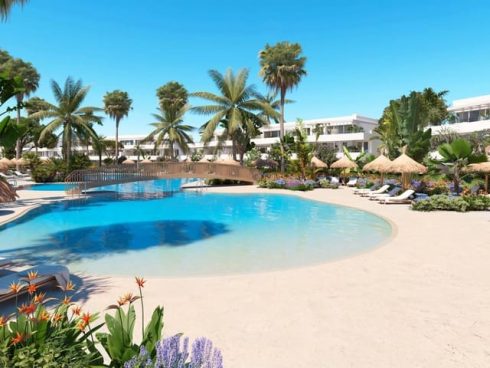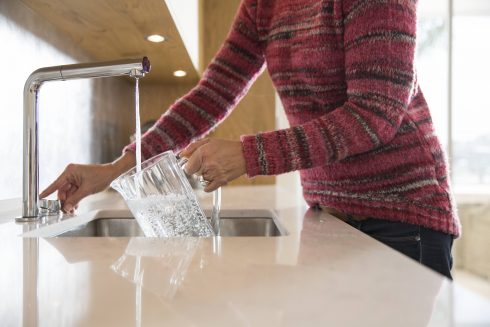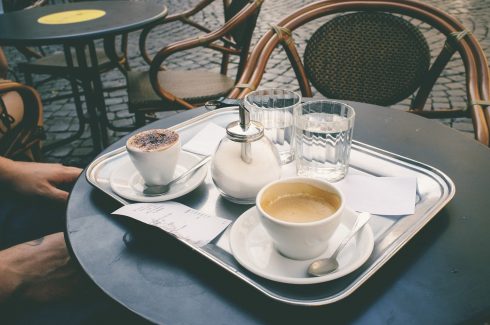ONE of the delights of Spain is visiting its unspoilt interior where historic buildings are often set in a landscape virtually unchanged for centuries.
While the coastal regions of Andalucia and Valencia are well known and the famous cities of Sevilla, Cordoba and Granada too, a trip inland to the unfashionable province of Jaen is well worth the effort.
Here you will find Ubeda, known for its medieval charm and well-preserved Renaissance architecture.
The city’s historical monuments are its main attraction, offering visitors a glimpse into its rich past and cultural heritage and the views from the escarpment on which it stands give an excellent clue to its past wealth.
The town is literally surrounded by gently rolling hills dotted by neat rows of olive trees – millions of them – as far as the eye can see. Indeed the bearers of ‘green gold’ stretch as far as the mountains of the Cazorla, Segura and Las Villas Natural Park – where the Guadalquivir River that cuts Andalucía in two has its source – to the south and east.

With olive oil prices soaring through the roof it’s likely the wealthy old days are about to make a return! Particularly as Jaen has two of Spain’s top DOs (denominacion de origin) for extra virgin olive oil.
Glance the other way and you can catch a glimpse of Ubeda’s smaller (although some would say prettier) twin town of Baeza just eight kilometres away.
The two were listed together as a UNESCO World Heritage Site in 2003 and both are worth a visit, although Baeza is definitely the smaller weaker sister.
Although Ubeda dates back to the Islamic occupation, being founded in the ninth century, it was one of the first southern cities that was reconquered.

The Castilians liberated the city in 1233 (some 250 years before Granada fell) and for a long time it was a border town between the Christian and Muslim worlds.
This led several of the noblemen of Ubeda to occupy important positions at the royal court, in Madrid, with the prestige, land and money this brought.
After the reconquest the town grew in importance until the grandeur of Ubeda reached a peak during its 16th century Golden Age.
The richest families started building their own palaces and churches, which today are the main attractions of the Casco Antiguo old town.
Unlike other cities in Andalucia, such as Granada or Ronda say, Ubeda doesn’t have many traces of its Islamic origins, having been in Christian hands for much longer.
To fully experience Ubeda’s charm, it is best to wander the narrow cobblestone streets of the Casco Antiguo.
The city itself is like an open-air museum, with a lot to see and visit, and walking the streets is part of the experience. Leave the car in the car park though – driving through the old centre is not recommended, with many parts closed to traffic.

The main tourist draw is the Plaza de Vazquez de Molina. Named after one of the noble families, it contains more Renaissance mansions and churches than you would ever expect to see in a single visit. If you are really rushed, make sure to make time for the Palacio de las Cadenas and the Chapel of El Salvador.
Today, the Palacio de las Cadenas – or the Palacio de Vazquez de Molina as it is called in some guidebooks – is home to the town council. It was built in 1568 as a home for Juan Vazquez de Molina, the private secretary of King Felipe II. Like most of the Renaissance buildings in Ubeda, the palace was constructed with weather resistant sandstone blocks. The building hides an attractive arcaded courtyard inside.
The Chapel of El Salvador is considered to be one of the finest examples of Spanish Renaissance architecture. It was built in 1536 by Diego de Siloe, who was also responsible for the cathedrals of Granada and Malaga.
Next head to the Plaza de Mayo 1, which is a quaint little square surrounded on all sides by buildings with lavish facades and luxury interiors. It once held executions and burnings during the Spanish Inquisition but now it is a tad less grim! Its San Pablo church at the northern end is an interesting hotchpotch incorporating architecture from the Renaissance, Gothic and Romanesque periods.

From here stroll up Calle Losal to the town’s old walls and the potter’s quarter beyond.
The traditional terraced houses double as the workshops and homes to the town’s existing master craftsmen. And they are well known around the country.
Ubeda’s pottery is quite different from that of Granada. Whereas blue and white are the colours of that province, a brilliant deep green is the colour here.
Olive stones are added to the fire to create a thick smoke, giving the pottery its colour and sheen.
Also well worth a visit is the Sinagoga del Agua: a unique attraction in Ubeda, this underground synagogue showcases the city’s Jewish heritage.
These are just some of the monuments with many more well worth a visit. And if you have time, make sure to take a ride to Baeza on the way home.
Also famous for its Renaissance architecture and historic charm, it is a great place to stop for lunch, in particular the excellent Canela en Rama.

Where to stay
Palacio del Deán Ortega (El Parador de Ubeda)
The first palace to be converted into a parador, the 15th century palace is ideally located in Ubeda’s central plaza.
This charming hotel dates back to 1865 with rustic stone walls, panoramic city views and antique furnishings.
Where to eat
Restaurante Cantina la Estación
Run by a sommelier, this restaurant offers elegant small plates paired with local wines in their vintage dining room.
This restaurant offers fresh, traditional Andalucian dishes with organic produce sourced from their own farm.
Click here to read more Andalucia News from The Olive Press.

